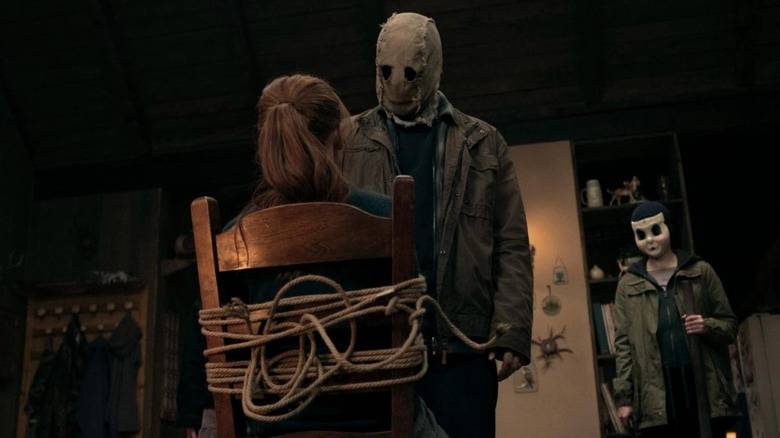According to Leichtman Research Group (LRG), 83 percent of US households have at least one streaming video service among fifteen prominent direct-to-consumer (DTC) and subscription video-on-demand (SVoD) providers, with Netflix accounting for 67 percent of all households.
However, not everyone who uses Netflix or other DTC services pays for them directly.
According to the findings of the study:
64% of Netflix subscribers pay for the service in full and do not share it with anybody outside their family.
Three-quarters of Netflix memberships are shared among many households:
15% of Netflix subscriptions are utilized and paid for by those who share them with someone outside their home.
15% of Netflix subscriptions are borrowed from another home that is paying for the service.
3% of services are utilized by numerous households that split the bill.
3% of Netflix services are free because they are bundled with another subscription.
These findings are part of the LRG study, Internet-Delivered Pay-TV Services 2022, which is based on an online survey of 4,400 households from across the United States.
DTC services are shared with persons outside the household for 29% of the time.
Someone from outside the household pays for 12% of all DTC services in full.
In comparison to 14 percent of persons aged 35 and more, 34% of adults aged 18 to 34 have at least one DTC service that is totally paid for by someone else.
5% of all homes had Netflix in the previous year but do not have it now, compared to 6% for Hulu, 5% for Amazon Prime, and 5% for live pay-TV services.
Adults between the ages of 18 and 44 make up 65 percent of those using a vMVPD pay-TV service.
vMVPD users are 79 percent satisfied with their service, up from 76 percent in 2020 and 69 percent in 2018.
Multiple families share 23% of all vMVPD services, including 7% of all vMVPD services that are entirely paid for by someone outside the family.
"Most streaming providers include password sharing as a standard feature. "While sharing helps to grow the user base and keep customers, it also creates a gap between the number of households with a service and actual paying subscribers," said Bruce Leichtman, president and lead analyst at Leichtman Research Group.




